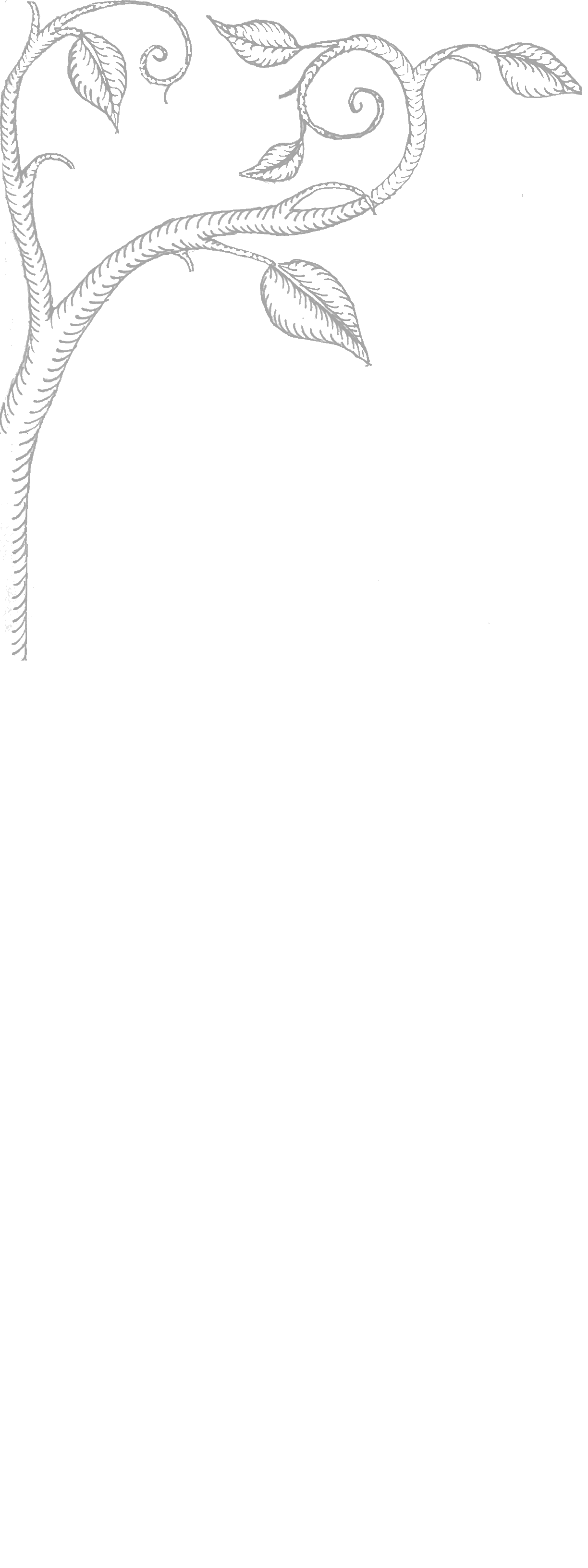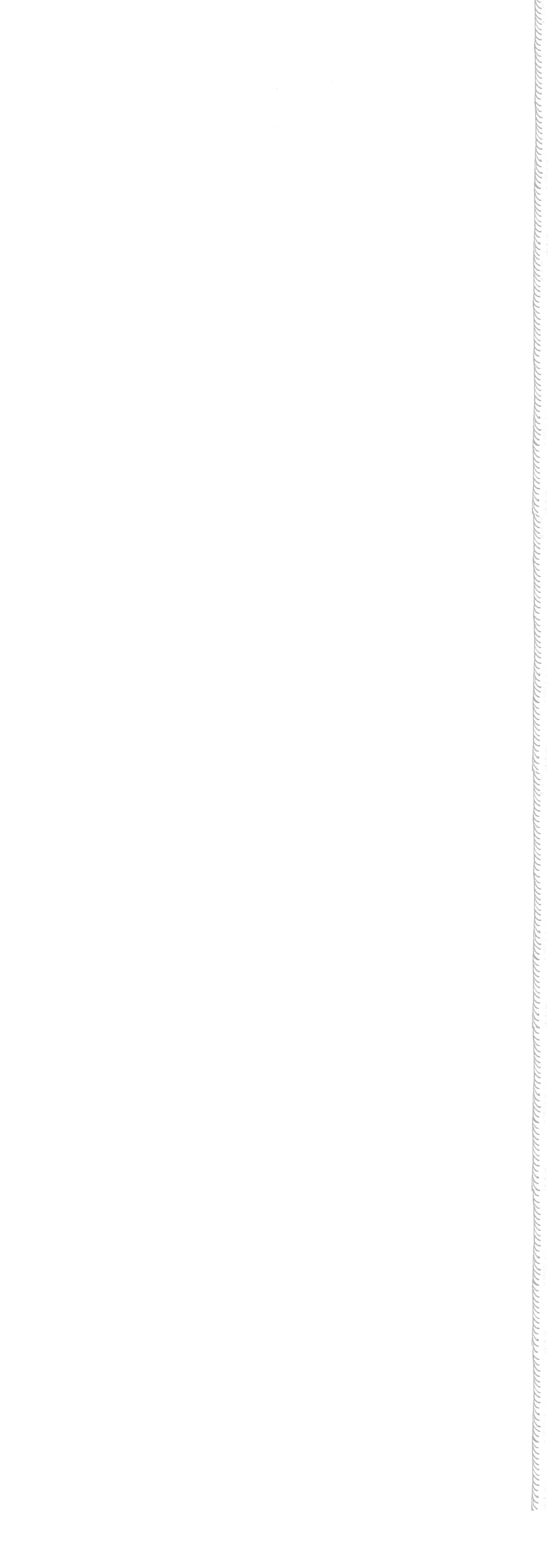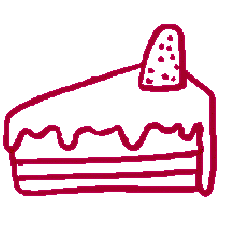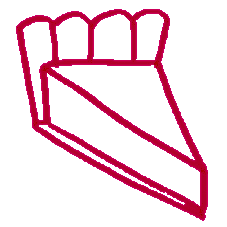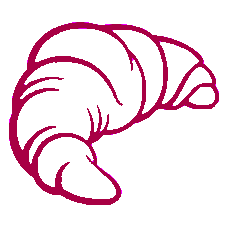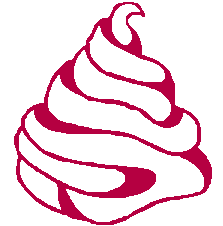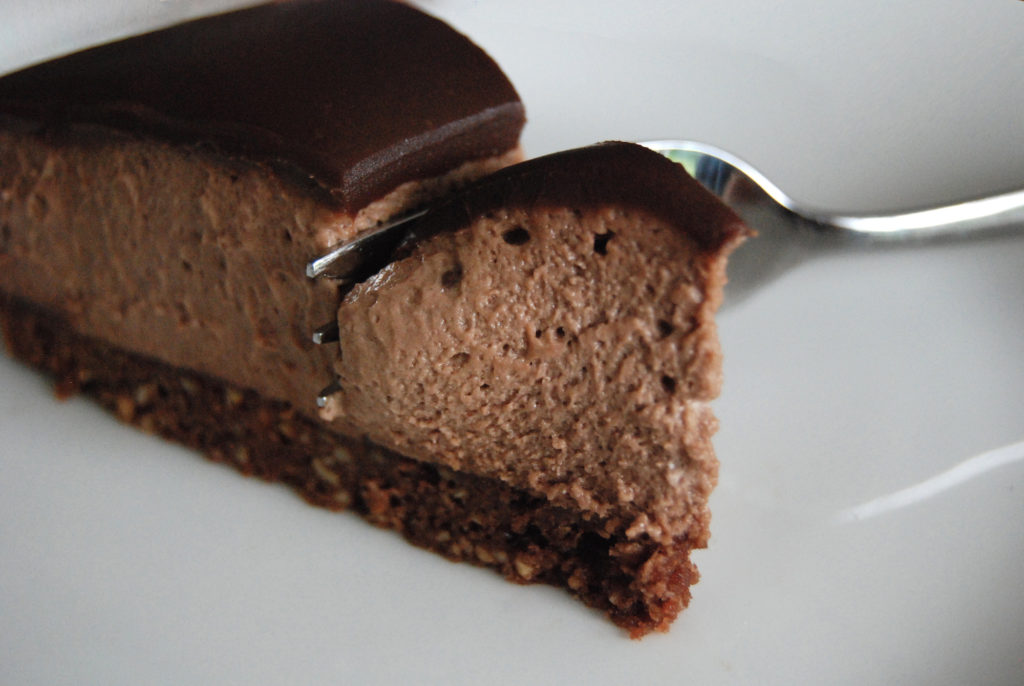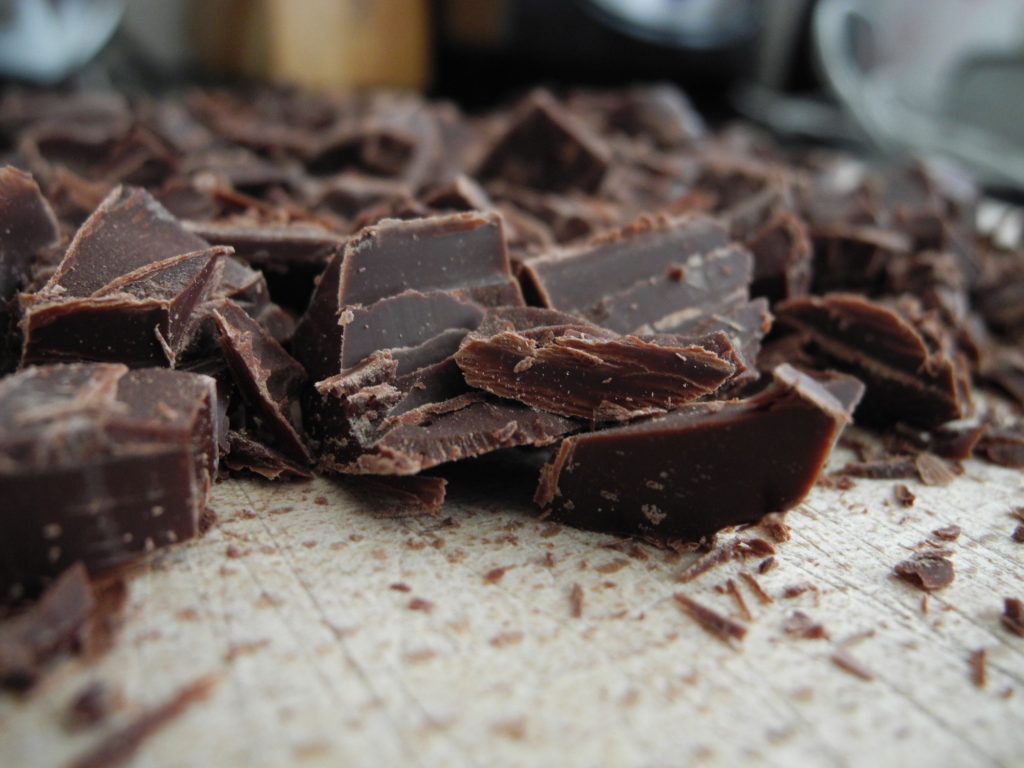
There’s a treasured little collection of around five tried, tested, and refined component chocolate recipes on my computer, that I mix and match and tweak to provide anything I ever need chocolate to accomplish. This chocolate hazelnut mousse cake recipe combines three of them. And put three good things together and you undoubtedly get something great.
When you break down the components of each recipe, recipes like this chocolate hazelnut mousse cake recipe feel simpler than the praise they inspire. Each component is actually often just three ingredients combined in a specific way: as complicated as a chocolate chip cookie, just four times. All these component cakes take is will and time. And a baking thermometer.
(Makes one 20cm diameter mousse cake)
Chocolate Biscuit Crust
Perfect for an otherwise creamy cake. It stays crispy and has a distinctive hazelnut flavor.
- 35g whole hazelnuts
- 2Tbs granulated sugar
- 60g plain flour
- A pinch of salt
- 1Tbs unsweetened cocoa powder
- 60g butter
- Toast the hazelnuts at 200 degrees celsius for 8 minutes until the skins start flaking off
- With your hands or a tea towel, rub off the hazelnut skins as much as possible
- Process hazelnuts and sugar in a blender until finely chopped and transfer to bowl. If you do not have a blender, crush the hazelnuts in a plastic bag with a rolling pin until fine and mix in the sugar
- Add the flour, salt, and cocoa
- Mix in the butter until the mixture comes together
- Roll the pastry between two sheets of baking paper until 4mm thick
- Bake at 180 degrees Celsius for 10 minutes
- Carefully cut the biscuit to the size of your cake rim. It will be crumbly when hot so take care not to snap the thin biscuit
Chocolate Mousse
The chocolate mousse is made by Pâte à Bombe method with a rich base of egg yolks and sugar syrup. This seemed unnecessarily fiddly to me at first, but after various other recipes that just couldn’t compare, I now rather reluctantly battle through this recipe every time I ever need a chocolate mousse.
(Potentially makes too much mousse, but that doesn’t sound like an issue to me)
- 1 sheet gelatin (silver strength) + 1 Tbs water
- 450ml double cream
- 200g dark chocolate (I use 50% cocoa Cailler)
- 4 egg yolks (75g)
- 65g sugar
- 50ml water
- Heat the gelatin in the water until dissolved
- Begin whipping the double cream, pouring in the dissolved gelatine as you do so
- Whip the cream to soft peaks and set aside
- To make a Pâte à Bombe base for your mousse, make a sugar syrup by boiling the sugar in the water
- Separately beat the egg yolks until fluffy
- As the sugar syrup reaches 118 degrees Celsius and the egg yolks become fluffy, pour the syrup into the yolks and continue beating for 5 minutes
- Separately, melt the chocolate on a double boiler, then cool it to 45 degrees Celsius
- Combine the 45 degree chocolate with the cream
- Fold through the Pâte à Bombe
- Pipe or spoon the mousse over the base of the cake and refrigerate for 2 hours until set (3 if freezing for a mirror glaze, 1 if eating on its own with a spoon, less if you’re as impatient as me). Once set, unveil the cake from its mould
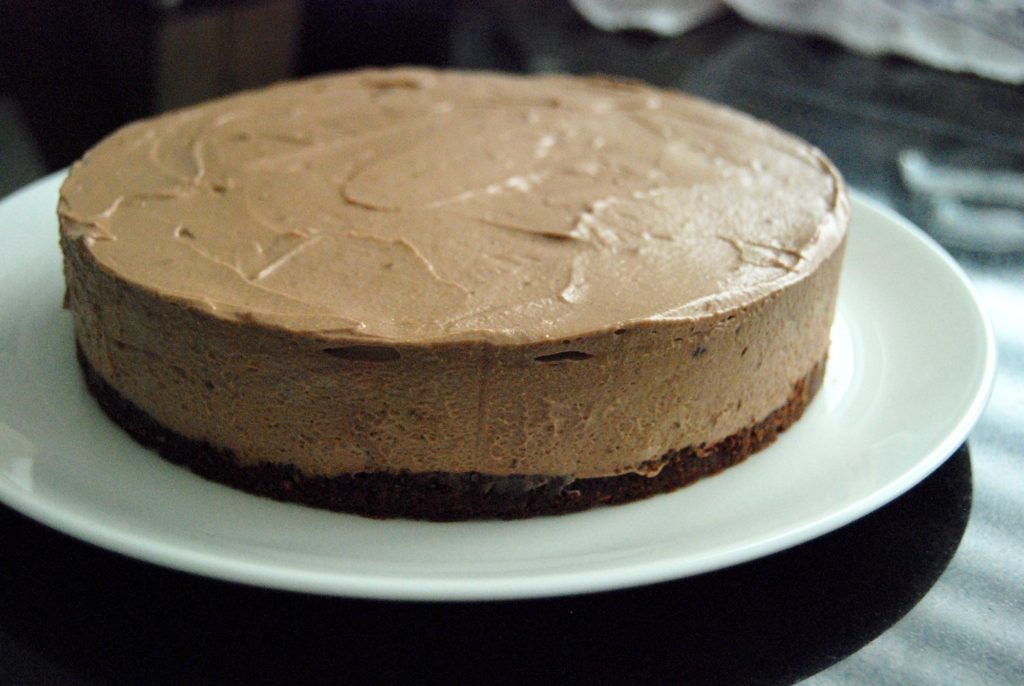
Chocolate Ganache
This chocolate ganache is just the ratio of chocolate and cream that I find sets to the optimal thickness for fillings or glazes. Other recipes may have a slightly different ratio of the two but will otherwise follow the same classic method.
- 100g dark chocolate (I use 50% cocoa as always)
- 60ml heavy cream
- Chop the chocolate and place in a heatproof bowl
- Heat the cream until just starting to boil
- Pour the cream over the chopped chocolate and let it stand for 30 seconds
- Stir until the ganache is smooth
- Refrigerate until thicker but still pourable. Pour over the mousse, allowing the excess to just start dripping down the sides of the cake. If using this ganache as a filling (for macarons for example), refrigerate for 2 hours or until set enough to pipe
